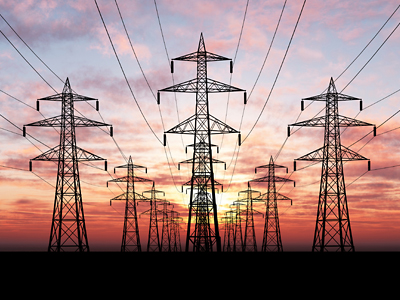
The increase would occur between 2016 and 2018:
According to Systep, during the 2010-2011 period, the price of contracted energy accumulated increases of 45%, which translated into increases of close to 30% for residential customers.
By: Miguel Concha M. – 03/10/2013
Source: Impresa El Mercurio
There is high uncertainty in the electricity market regarding the outcome of the bidding process for contracts for regulated customers that is being carried out by the National Energy Commission (CNE). High energy prices and the lack of new plants have caused doubts among generators, who see that the ceiling price of US$ 129 per MWh may be risky when it comes to meeting long-term supplies.
This situation led the government to evaluate that contracts should be indexed to the marginal cost -the generation price of the least efficient and most expensive unit in the system- as an incentive for electricity companies to submit to the process between 2016 and 2018. If this formula is implemented, contracted energy prices could suffer a sharp increase, as happened between 2010 and 2011, when the distributors’ contracts were associated to the marginal cost.
According to an analysis by the consulting firm Systep, during those two years the average value of energy accumulated increases of up to 42%, which translated into increases in electricity bills. Thus, while initially the price established for the contracts was US$ 71 per MWh, with the indexation to marginal cost this value rose to US$ 101 per MWh.
The difference ultimately implied increases of close to 30% in the tariffs of residential customers, since the price of energy derived from its indexers represents close to 70% of the final calculation of the tariff of electricity bills. In addition, Systep claims that from 2012 onwards, price variations averaged 10%. This is because since that date the marginal cost indexation was eliminated.
According to Systep’s executive director, Hugh Rudnick, the scenario experienced between 2010 and 2011 could be replicated between 2016 and 2018, should the government decide to include the marginal rate in the calculation of energy prices. The latter, if electricity prices in the spot market are close to US$ 200 per MWh, as has happened in the last year due to the drought and the lack of efficient generation.
At the same time, electricity market sources confirm that the introduction of the marginal cost will raise customer tariffs even more, considering that they will rise only considering the ceiling price of US$ 129 per MWh. Current contracts have an average value of US$ 80 per MWh.
Companies also see a 30% increase in electricity bills as feasible if the marginal cost is introduced into the formula for calculating the price of energy.
Source / El Mercurio



